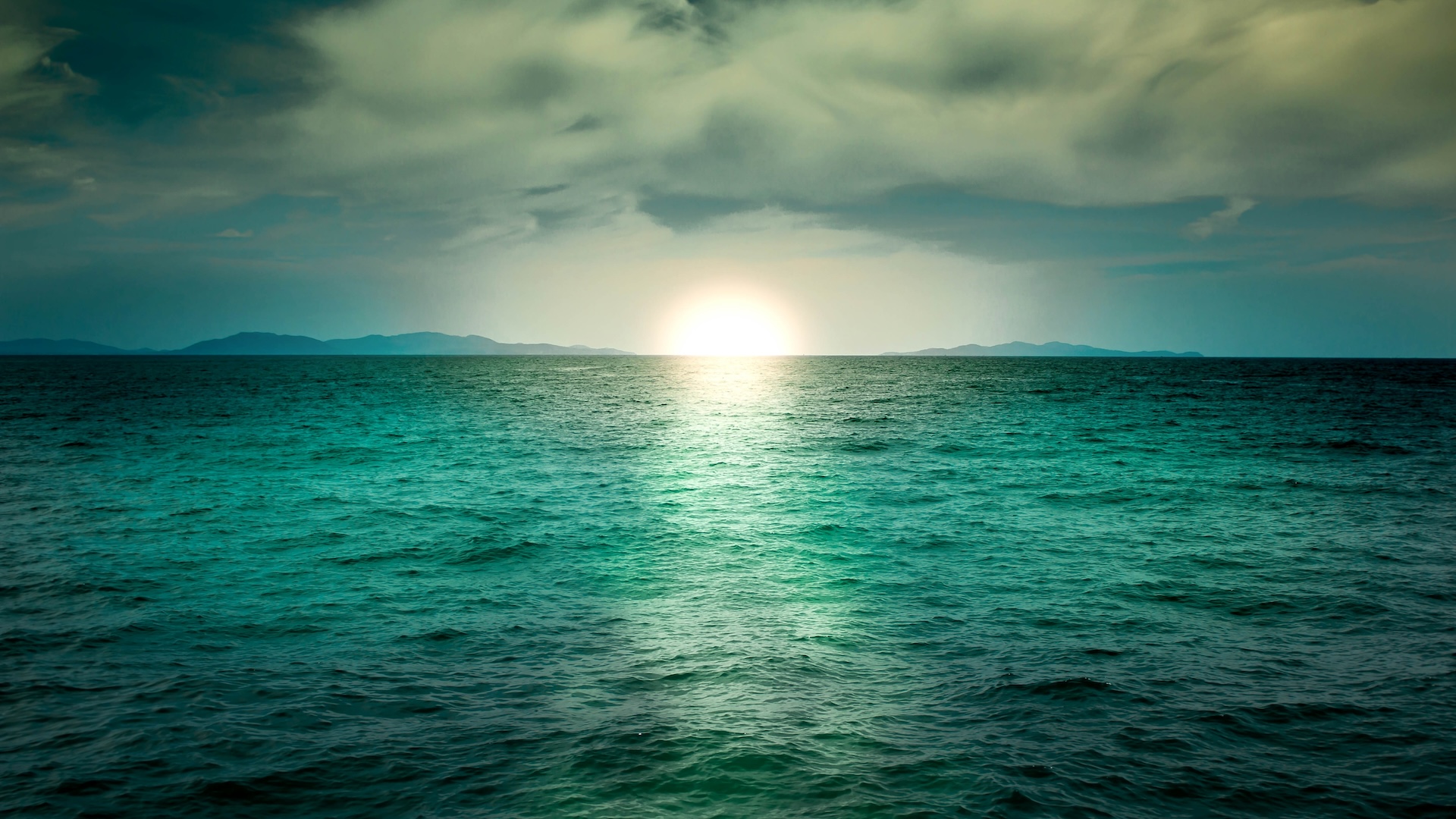Upside-down anglerfish and other alien oddities spotted in one of the world's deepest trenches
Pictures from a submarine dive to the 20,000-foot-deep Kermadec Trench in the South Pacific reveal weirdos from the deep, some of which may be new to science.
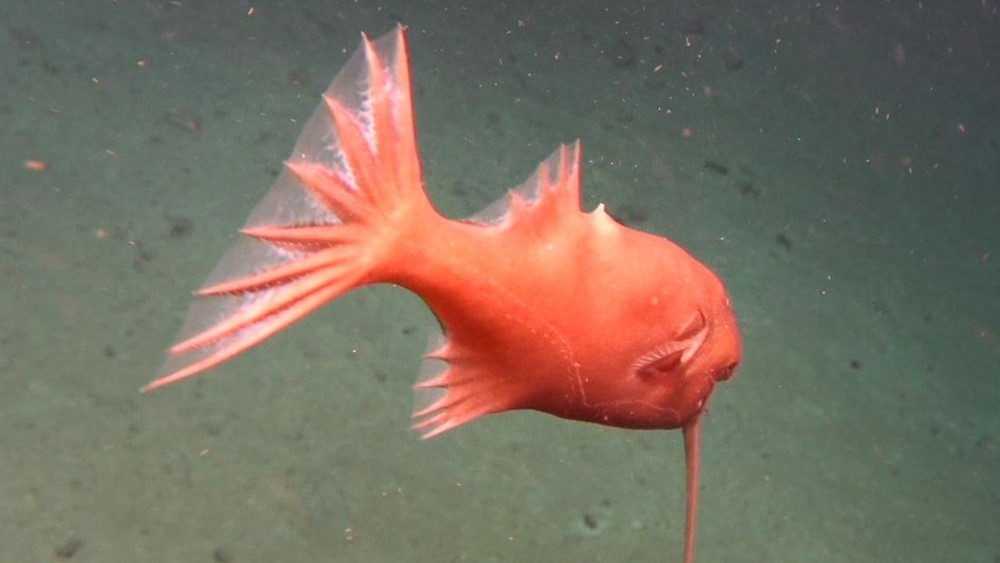
One of the deepest ocean trenches on Earth, the Kermadec Trench in the South Pacific, is home to rarely seen sea creatures living in the hadal zone, at depths between 20,000 and 36,000 feet (6,000 to 11,000 meters). Now, a new underwater expedition has released stunning photos of these oddities.
Among the most arresting images that a team of researchers from China and New Zealand took during the November 2022 mission was a photo of a scarlet anglerfish (Gigantactis) swimming upside down with its lure hovering near the seabed.
"We saw highly diverse seafloor communities even at great depths and discovered strange and rarely seen organisms such as the upside-down angler fish," Daniel Leduc, a marine biologist at the National Institute of Water and Atmospheric Research (NIWA) in New Zealand who participated in an earlier dive in the Kermadec Trench, said in a statement.
The crew spent 6 hours roaming the steep trench cliffs and troughs. Along the way, they encountered tiny, glass-like sea cucumbers; an extra-long stalked sea pen; a haunting, faceless cusk eel; and a dumbo octopus.
The dive was just one of 16 completed during the first leg of a two-month scientific mission aboard the IDSSE research vessel Tansuoyihao. The second leg, made up of another 15 dives, followed in December 2022 and revealed further oddities.
Related: 10 bizarre deep-sea creatures found in 2022
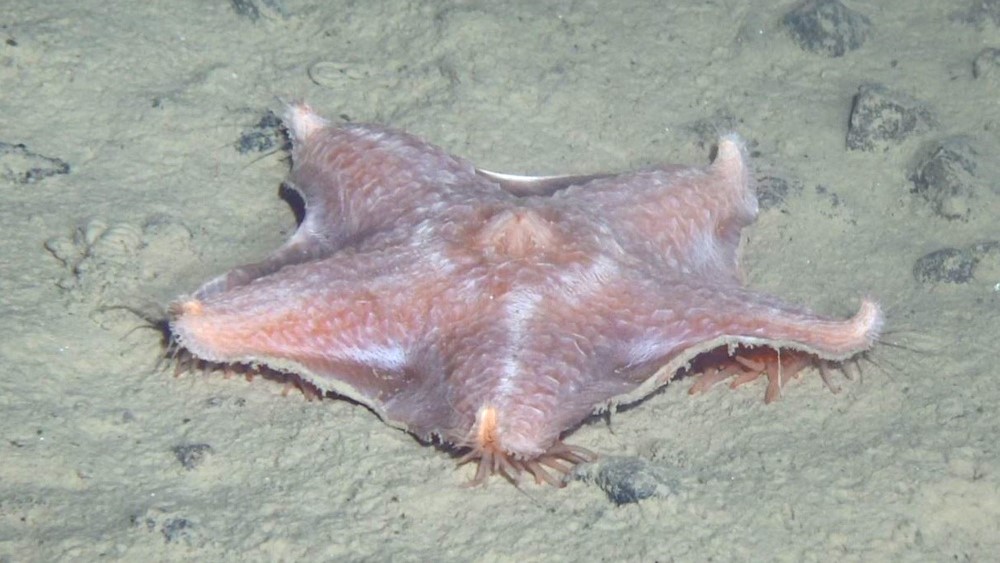
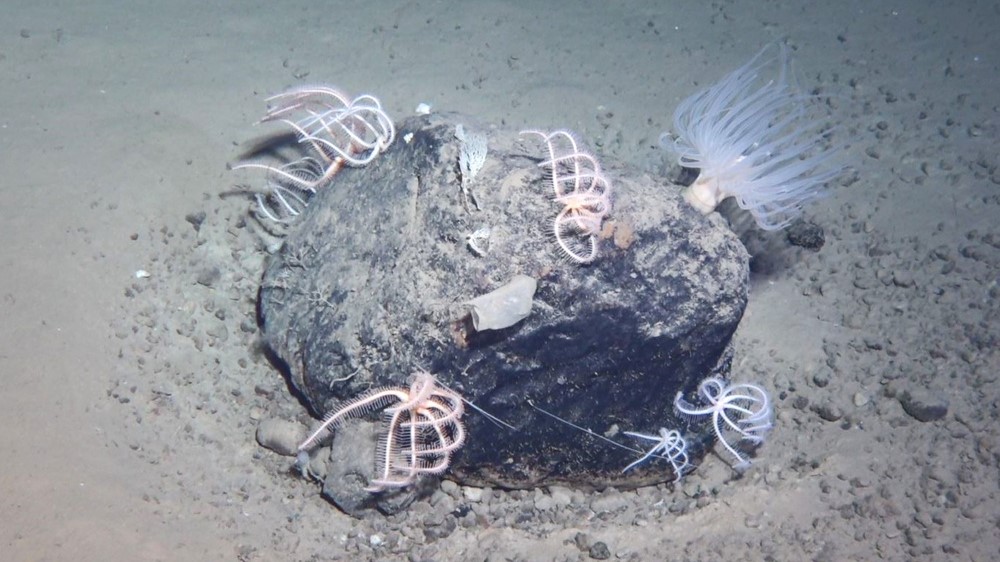
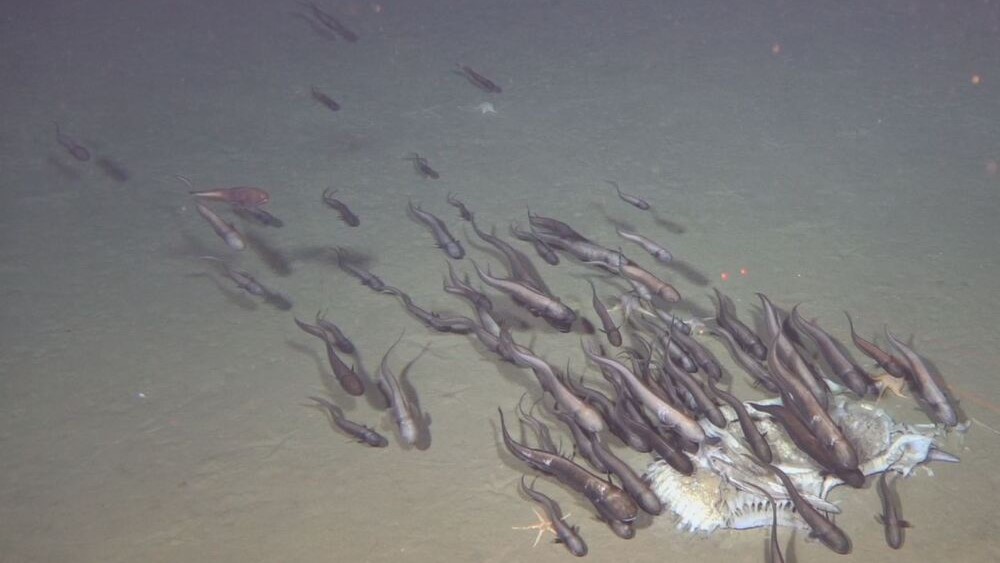
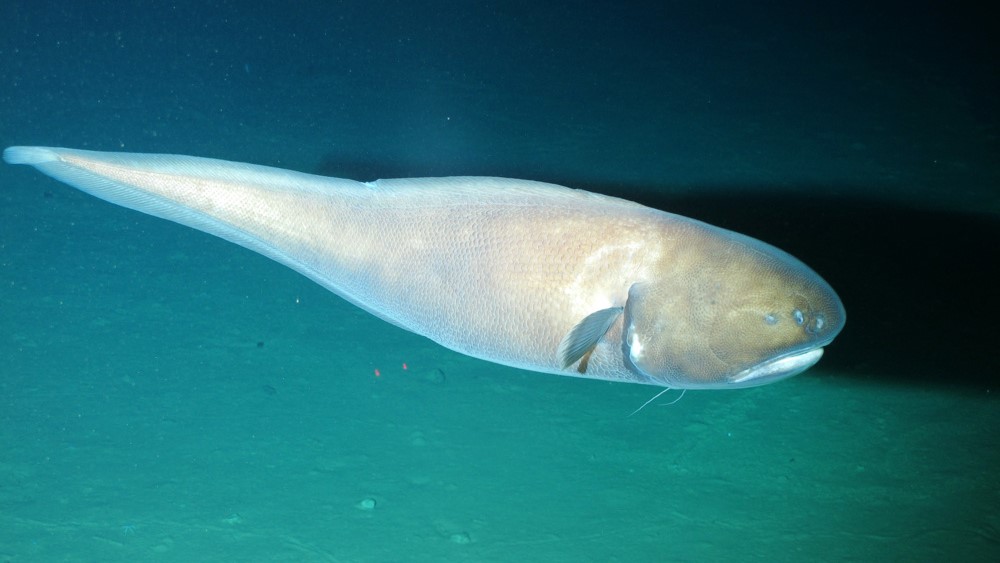
"We saw some striking examples of food-fall, including dozens of deep-sea fishes and thousands of crustaceans gorging on the corpse of a large sunfish, and the intact vertebrae of a 4-meter-long [13 feet] shark, long since stripped of all flesh," David Bowden, a marine ecologist at NIWA who took part in the second leg of the mission, said in a separate statement.
Sign up for the Live Science daily newsletter now
Get the world’s most fascinating discoveries delivered straight to your inbox.
The Kermadec Trench, which spans more than 620 miles (1,000 kilometers) in length, is located off the northern coast of New Zealand. Its deepest point, called Scholl Deep, is 32,962 feet (10,047 m) below sea level — deeper than Mount Everest is tall.
Kareen Schnabel, a marine biologist at NIWA, joined pilots Deng Yuqing and Yuan Xin, from the Institute of Deep Sea Science and Engineering (IDSSE) at the Chinese Academy of Sciences, aboard the Chinese submarine Fendouzhe, or Striver, which in 2020 reached one of the deepest places on Earth near the bottom of the Mariana Trench, at about 35,791 feet (10,909 m). The new expedition to the Kermadec Trench is only the second crewed mission to explore Scholl Deep, with Schnabel and Deng being the first women to reach the bottom of the trench.
"This extraordinary submersible technology has given us the privilege of studying parts of the ocean in ways that we aren't usually able to," Schnabel said in the statement. "Textbooks and images don't compare to experiencing the light disappearing as you leave the surface of the ocean or seeing the deep sea floor with your own eyes."
Several ocean weirdos, such as the starfish Hymenaster, are thought to have been previously discovered by the Danish deep-sea expedition Galathea in the early 1950s. But some of the bizarre sea creatures could be new to science, Schnabel said.

Sascha is a U.K.-based staff writer at Live Science. She holds a bachelor’s degree in biology from the University of Southampton in England and a master’s degree in science communication from Imperial College London. Her work has appeared in The Guardian and the health website Zoe. Besides writing, she enjoys playing tennis, bread-making and browsing second-hand shops for hidden gems.










